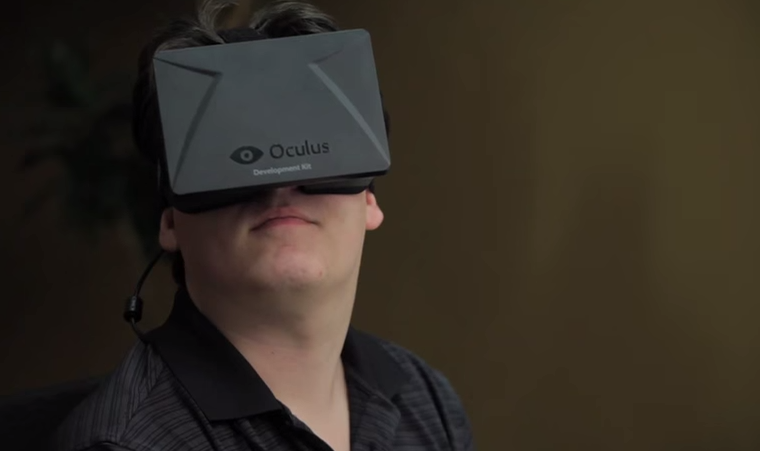
Over the next few years, a horde of tech firms will begin pushing out augmented reality (AR) and virtual reality (VR) devices, ranging from Facebook’s Oculus Rift (a virtual-reality headset that immerses players in virtual worlds) to Microsoft’s HoloLens (which overlays digital holograms on the user’s environment, viewable only through a special augmented-reality headset). If the technology takes off (as some pundits expect), more firms will launch augmented-reality and virtual-reality projects, spiking the demand for professionals who specialize in building the underlying hardware and software. That means recruiters will need to be on the lookout for candidates who have the right mix of skills to work in AR and VR. Skills necessary to AR may include:
- 3D Modeling
- Computer Vision
- Marker Detection
- Mobile Programming (such as iOS and Android)
- Low-Level Programming-Language Knowledge (C#, C++, etc.)
- Knowledge of Relevant SDKs (HoloLens, etc.)
- Low-Level Programming-Language Knowledge (C#, C++, etc.)
- Familiarity with Underlying Hardware
- Experience with Unity and Unreal Engines
- Experience with VR SDKs
- Experience with Relevant SDKs
- Mobile Programming (iOS and Android)